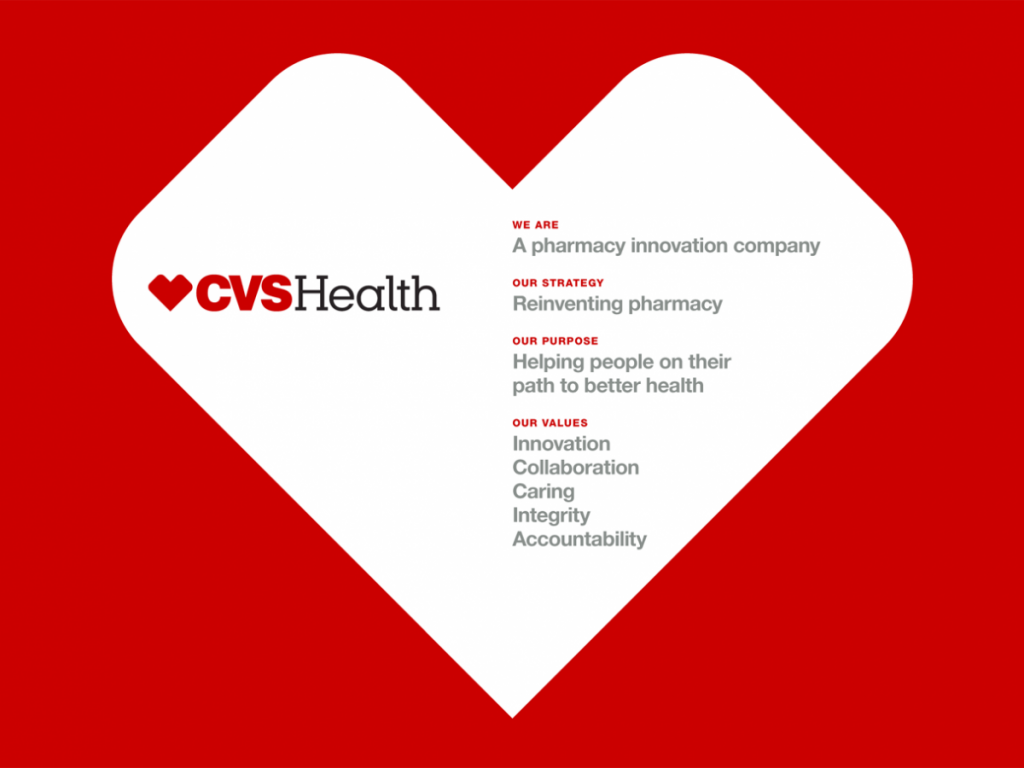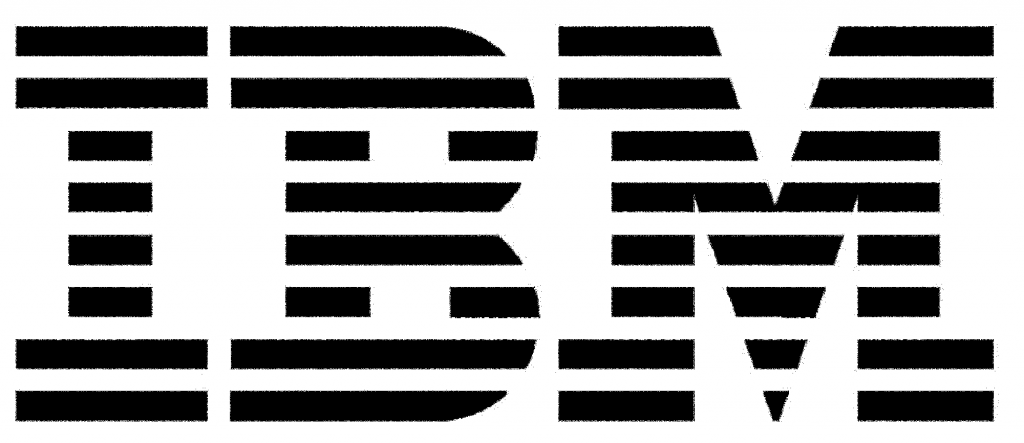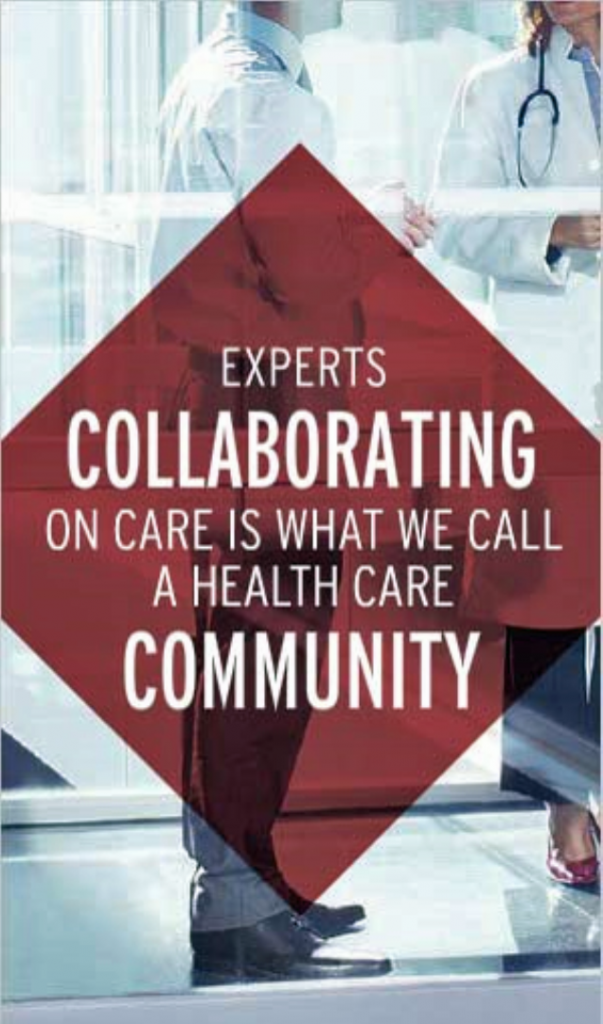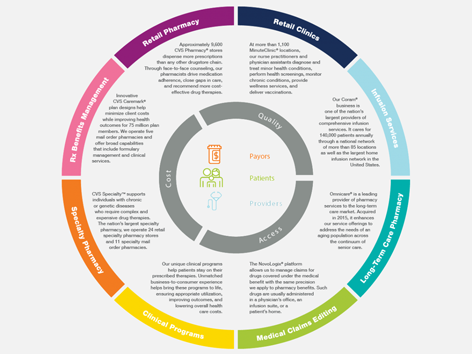
“Helping people on their path to better health” is the mission-mantra of CVS Health. Re-branded from its previous identity as CVS/pharmacy, the organization convened a Health Innovation Summit with its vendor partners whose products fill the front-of-store shelves to empower, inspire and support consumers to manage health and wellness for themselves and their families.
I was grateful for the opportunity to provide the first talk for the day, setting the context for the evolving retail health/care landscape with the consumer at the center. The consumer is, at any point in a 24-hour day: a person wearing many hats (a worker, a parent, a social animal, a community volunteer, a spiritual being); a patient, sometimes; and, increasingly, a payor, bearing more costs for healthcare.
 Steve Laughlin who leads IBM’s global consumer distribution effort, talked about the growing role of data in retail, and how the company’s cognitive computing and analytics engines can work with retailers to anticipate emerging epidemics and health trends in communities. Key retail trends to watch for are direct-to-consumer, hyper-personalization, re-imagined store formats, and new business models. “Just doing efficiency” doesn’t work in retail anymore; the sector must re-build the sort of intimacy it once had with customers when we purchased meat from the butcher, hand-picked and pinched produce at the green grocer’s, and worked across the counter with the department store make-up consultant for best advice on skin care. “The last best experience anyone has anywhere becomes their expectation everywhere,” Steve cautioned, asserting the importance of customer experience in retail. This is highly relevant for health/care.
Steve Laughlin who leads IBM’s global consumer distribution effort, talked about the growing role of data in retail, and how the company’s cognitive computing and analytics engines can work with retailers to anticipate emerging epidemics and health trends in communities. Key retail trends to watch for are direct-to-consumer, hyper-personalization, re-imagined store formats, and new business models. “Just doing efficiency” doesn’t work in retail anymore; the sector must re-build the sort of intimacy it once had with customers when we purchased meat from the butcher, hand-picked and pinched produce at the green grocer’s, and worked across the counter with the department store make-up consultant for best advice on skin care. “The last best experience anyone has anywhere becomes their expectation everywhere,” Steve cautioned, asserting the importance of customer experience in retail. This is highly relevant for health/care.
 Helena Foulkes, President CVS Pharmacy, shared some of the company’s latest innovation news to address consumers’ retail pain points. Many learnings are emerging from the CVS digital learning lab based in Boston. One new initiative is CVS Pay, which addresses the challenge for a consumer whose family may have several people filling prescriptions at the same time. The company developed technology to consolidate all of these separate patient transactions onto one bar code requiring a single swipe at the point of purchase. Another project, CVS curbside, is based on the scenario of Mom or Dad driving home from work, tired or stressed with kids in the back seat of the car. Mom/Dad needs to pick up a few items at the store without getting out of the car, so CVS will provide curbside delivery with underlying technology that knows when the consumer is driving up to the store. This concierge-style approach was discussed later in the day by Paula Winkel of Kimberly-Clark, making the case for Boomer healthcare that’s served up with a high degree of customer service.
Helena Foulkes, President CVS Pharmacy, shared some of the company’s latest innovation news to address consumers’ retail pain points. Many learnings are emerging from the CVS digital learning lab based in Boston. One new initiative is CVS Pay, which addresses the challenge for a consumer whose family may have several people filling prescriptions at the same time. The company developed technology to consolidate all of these separate patient transactions onto one bar code requiring a single swipe at the point of purchase. Another project, CVS curbside, is based on the scenario of Mom or Dad driving home from work, tired or stressed with kids in the back seat of the car. Mom/Dad needs to pick up a few items at the store without getting out of the car, so CVS will provide curbside delivery with underlying technology that knows when the consumer is driving up to the store. This concierge-style approach was discussed later in the day by Paula Winkel of Kimberly-Clark, making the case for Boomer healthcare that’s served up with a high degree of customer service.
 Google’s health leader, Ryan Olahan, covered the “10x Mindset:” how companies need to think and go beyond incremental goal-setting to truly innovate health and healthcare (THINK: the Big Hairy Audacious Goal). 40% of Google Ventures funding is going toward healthcare, so the company continues to have a strong focus in the sector. One in 20 Google searches is health-related, Olahan shared, and now that 86% of consumers do health information searches on Google, a growing cadre of people are looking for good (let’s call it evidence-based) health content on YouTube. There can be 2 million views of a teenager talking about her experience with acne treatments, but for scientific content, not nearly so many. Olahan, a father himself, shared interesting data showing curves of search frequencies for “baby crying” and “baby formula.” Interestingly, at 4 am, Ryan noted, moms aren’t looking for information about formula but for how to ease a baby’s cries. This is an opportunity for health ecosystem players in the “Mom and baby business” to provide helpful advice in that targeted, lonely early am time-frame when a parent can feel quite alone, frustrated and worried.
Google’s health leader, Ryan Olahan, covered the “10x Mindset:” how companies need to think and go beyond incremental goal-setting to truly innovate health and healthcare (THINK: the Big Hairy Audacious Goal). 40% of Google Ventures funding is going toward healthcare, so the company continues to have a strong focus in the sector. One in 20 Google searches is health-related, Olahan shared, and now that 86% of consumers do health information searches on Google, a growing cadre of people are looking for good (let’s call it evidence-based) health content on YouTube. There can be 2 million views of a teenager talking about her experience with acne treatments, but for scientific content, not nearly so many. Olahan, a father himself, shared interesting data showing curves of search frequencies for “baby crying” and “baby formula.” Interestingly, at 4 am, Ryan noted, moms aren’t looking for information about formula but for how to ease a baby’s cries. This is an opportunity for health ecosystem players in the “Mom and baby business” to provide helpful advice in that targeted, lonely early am time-frame when a parent can feel quite alone, frustrated and worried.
 Under Armour’s first product was a compression garment, launched over 20 years ago. Since then, the company has been morphing from an athletic garment manufacturer to an organization committed to supporting a consumer to be the best athlete they can be.
Under Armour’s first product was a compression garment, launched over 20 years ago. Since then, the company has been morphing from an athletic garment manufacturer to an organization committed to supporting a consumer to be the best athlete they can be.
The brand’s mission is, according to Chris MacAuley, VP of Connected Fitness, “To make all athletes better through passion, design, and the relentless pursuit of innovation.” Chris played a wonderful video featuring some of UA’s history, focusing first on its Baltimore Harbor HQ and incorporating a clip of Bill Clinton waxing lyrically, “Baltimore’s great shining jewel of a company is Under Armour.” The company has played an important and pivotal role in Baltimore’s economic development, bringing jobs back to the city. “We’re not going anywhere,” a company leader asserts on the video, stating the UA’s commitment to Baltimore. [I will note that financial wellness, jobs, and a strong local economy help foster positive determinants of health for people in a community].
The company’s mantra among consumers is “I Will” or more specifically, “I Will What I Want.”
As we were convening at an “Innovation Summit,” Chris explained that UA’s definitely of “innovation” is simple and practical: it’s the process of going from invention to adoption. When it comes to wearables, sustained adoption is a major challenge. So it’s impressive that UA’s community of 210 million registered users of its apps, logging 2.5 million workouts a day and countless food choices and recipe shares, makes it among the largest databases of healthy people on the planet – arguably the largest connected health and fitness community in the world, which makes its database extremely powerful. The scale is huge: the community has lost 200 million pounds to-date, and realizes an 88% success rate for weight loss among people who log for 7 days straight.
The money quote here is Chris’s statement that UA’s is “community of people who share with us their greatest fears and vulnerabilities.” What underpins this is trust, which is a sine qua non for health engagement.
Another innovation of interest to me and my health-everywhere ecosystem paradigm is UA’s work with Marriott, the hotel chain. UA has worked with Marriott’s Residence Inn hospitality brand to develop local running routes outside of the hotels to help travelers maintain healthy lifestyles while working on the road. I covered the health-hospitality convergence (aka “sports-pitality”) last week in Health Populi, and this Marriott/Residence Inn program is part of that market trend.
 Two panels discussed health innovations from consumer pharma, technology, and direct-to-consumer genomics companies, all of which are operating or undergoing consumer testing in the market. It was encouraging to see that each of these efforts had done their homework on consumer demands and design considerations, whether focused on helping people age with independence (such as the wearable watch, UnaliWear) or manage pain for greater mobility (which is the goal of the inspiring pioneer of BraceUnder). Bayer talked about value beyond the pill (thus, their development of the Aleve-branded TENS unit for pain), and the aforementioned Kimberly-Clark, addressing how Boomers can live with gusto using well-designed personal care products. Consumer health companies have been allocating greater shares of marketing budgets to digital channels, and Facebook is a go-to place for health among engaged patients. Aaron Calloway, Senior Client Partner at Facebook, detailed many tactics used by healthcare organizations on the platform, along with Instagram (which I pointed out in my talk as a well-used social network among consumers for health and wellness).
Two panels discussed health innovations from consumer pharma, technology, and direct-to-consumer genomics companies, all of which are operating or undergoing consumer testing in the market. It was encouraging to see that each of these efforts had done their homework on consumer demands and design considerations, whether focused on helping people age with independence (such as the wearable watch, UnaliWear) or manage pain for greater mobility (which is the goal of the inspiring pioneer of BraceUnder). Bayer talked about value beyond the pill (thus, their development of the Aleve-branded TENS unit for pain), and the aforementioned Kimberly-Clark, addressing how Boomers can live with gusto using well-designed personal care products. Consumer health companies have been allocating greater shares of marketing budgets to digital channels, and Facebook is a go-to place for health among engaged patients. Aaron Calloway, Senior Client Partner at Facebook, detailed many tactics used by healthcare organizations on the platform, along with Instagram (which I pointed out in my talk as a well-used social network among consumers for health and wellness).
The day’s content generated many conversations about partnering, experimenting, and risk-taking for the benefit of expanding health beyond healthcare legacy players. For CVS Health, it provided scores of ideas for innovative product categories, strategies, and plans.
 Health Populi’s Hot Points: The necessity and importance of collaboration and partnering cannot be over-stated for building a health/care system that bakes in the social determinants of health. The U.S. does trauma and intensive sick care pretty well compared with other developed countries. Dealing with the chronic burden of noncommunicable diseases (NCDs) such as cardiovascular (heart), metabolic (diabetes), respiratory conditions (like COPD) and some cancers borne through lifestyle choices (such as lung) requires a takes-a-village approach to prevent the onset of disease and then address, early, the onset of NCDs.
Health Populi’s Hot Points: The necessity and importance of collaboration and partnering cannot be over-stated for building a health/care system that bakes in the social determinants of health. The U.S. does trauma and intensive sick care pretty well compared with other developed countries. Dealing with the chronic burden of noncommunicable diseases (NCDs) such as cardiovascular (heart), metabolic (diabetes), respiratory conditions (like COPD) and some cancers borne through lifestyle choices (such as lung) requires a takes-a-village approach to prevent the onset of disease and then address, early, the onset of NCDs.
At the Summit, I learned about innovative collaborations across the pharmacy channel, over-the-counter medicines, and digital technologies both in terms of wearable tech and platforms (e.g., Facebook, Google, and IBM’s work with various retail partners). I used the Optum ad shown here as the last slide in my talk about the health/care ecosystem. Breaking down internal corporate silos, and partnering among different health care stakeholders with the consumer ruthlessly focused at the core of the partnership is the required approach. The smartest retail health players will be open to going deep and doubling down on this strategy, particularly those companies who will share and mash-up patient/consumer data for the ultimate benefit of that (opted-in) patient.





 Interviewed live on BNN Bloomberg (Canada) on the market for GLP-1 drugs for weight loss and their impact on both the health care system and consumer goods and services -- notably, food, nutrition, retail health, gyms, and other sectors.
Interviewed live on BNN Bloomberg (Canada) on the market for GLP-1 drugs for weight loss and their impact on both the health care system and consumer goods and services -- notably, food, nutrition, retail health, gyms, and other sectors. Thank you, Feedspot, for
Thank you, Feedspot, for  As you may know, I have been splitting work- and living-time between the U.S. and the E.U., most recently living in and working from Brussels. In the month of September 2024, I'll be splitting time between London and other parts of the U.K., and Italy where I'll be working with clients on consumer health, self-care and home care focused on food-as-medicine, digital health, business and scenario planning for the future...
As you may know, I have been splitting work- and living-time between the U.S. and the E.U., most recently living in and working from Brussels. In the month of September 2024, I'll be splitting time between London and other parts of the U.K., and Italy where I'll be working with clients on consumer health, self-care and home care focused on food-as-medicine, digital health, business and scenario planning for the future...